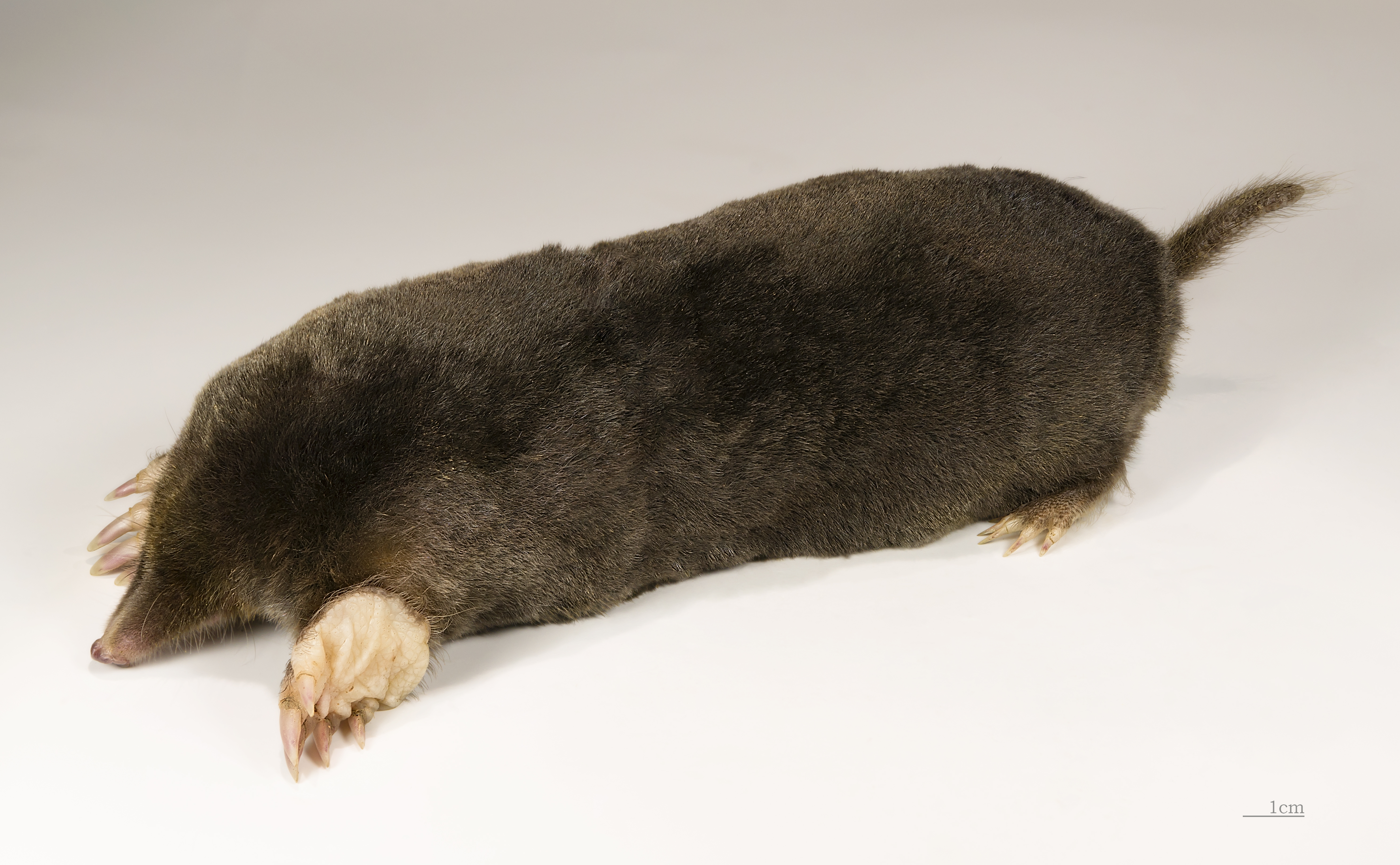|
Amphilemuridae
The Amphilemuridae are a family of extinct mammals belonging to the order Eulipotyphla, from the Eocene of Europe and North America. Description Amphilemurids were generally small in size and may have resembled moonrats in life. Some species had spines like those of hedgehogs, while others were almost free of spines or had bristly coats. Most species are known only from teeth. Classification The family Amphilemuridae was first described in 1953 by Hill, and was included in the order Insectivora, which later proved to be polyphyletic. Currently the amphilemurids are considered basal members of the order Eulipotyphla, although Hooker and Russell (2012) considered them to belong to the order Macroscelidea. Taxonomy Family †Amphilemuridae Hill, 1953 * Subfamily †Placentidentinae D. E. Russell et al., 1973 ** †'' Placentidens'' Russell & Savage 1973 *** †''Placentidens lotus'' Russell & Savage 1973 * Subfamily † Amphilemurinae Hill, 1953 ** †'' Macrocranion'' Weitzel, 19 ... [...More Info...] [...Related Items...] OR: [Wikipedia] [Google] [Baidu] |
Eulipotyphla
Eulipotyphla (, from '' eu-'' + '' Lipotyphla'', meaning truly lacking blind gut; sometimes called true insectivores) is an order of mammals comprising the Erinaceidae ( hedgehogs and gymnures); Solenodontidae (solenodons); Talpidae ( moles, shrew-like moles and desmans); and Soricidae (true shrews) families. Taxonomic history Historically, these animals were grouped with others such as treeshrews, elephant shrews, and colugos, under the broader category Insectivora, comprising all small insect-eating placental mammals. Wilhelm Peters identified two sub-groups of Insectivora, distinguished by the presence or absence of a cecum in the large intestine. In his 1866 ''Generelle morphologie der organismen'', Ernst Haeckel named these groups Menotyphla and Lipotyphla, respectively from ''μένω'' ("remain")/''λείπω'' ("lack" or "leave behind") + ''τυφλὸν'' literally "blind", as in ''τυφλὸν ἔντερον'' ("blind intestine", from which the Latin '' ... [...More Info...] [...Related Items...] OR: [Wikipedia] [Google] [Baidu] |
Pholidocercus
''Pholidocercus'' is an extinct monotypic genus of mammal from the Messel pit related to and resembling the modern-day hedgehog with a single species, ''Pholidocercus hassiacus''. Like the hedgehog, it was covered in thin spines. Unlike hedgehogs, it had scales on its head in a helmet-like formation, and had a long, thick, scaled tail. External linksMikko's Phylogeny Archive Amphilemuridae Prehistoric Eulipotyphla Eocene mammals of Europe Monotypic prehistoric placental genera Fossils of Germany Fossil taxa described in 1983 Eocene Germany {{paleo-eulipotyphla-stub ... [...More Info...] [...Related Items...] OR: [Wikipedia] [Google] [Baidu] |
Macrocranion
''Macrocranion'' is a genus of extinct mammal A mammal () is a vertebrate animal of the Class (biology), class Mammalia (). Mammals are characterised by the presence of milk-producing mammary glands for feeding their young, a broad neocortex region of the brain, fur or hair, and three ... from the Eocene epoch of Europe and North America. Exceptional fossils have been found in the Messel Pit of Germany. ''Macrocranion'' species are often described as forest-floor predators, about the size of small squirrels but with longer limbs. The genus is represented at the Messel Pit site by two species, ''M. tupaidon'' and ''M. tenerum''. ''M. tupaiodon'' had woolly fur with no spikes. Although possibly an omnivore, fossil remains indicate the specimen had eaten fish near the time of its death. This small animal was approximately fifteen cm in length, with long back legs capable of considerable speed. The fossil of ''M. tenerum'' is five cm long. The species also had long legs ... [...More Info...] [...Related Items...] OR: [Wikipedia] [Google] [Baidu] |

